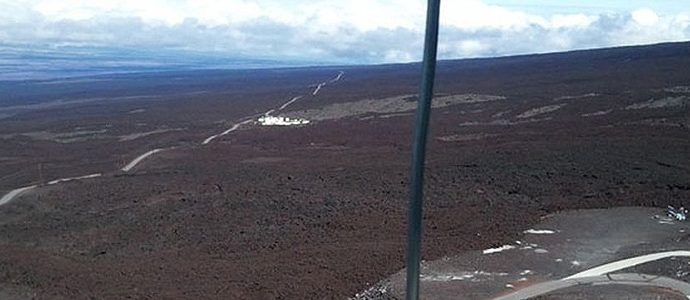A New Peak Record for CO2 has been Reached—Three Months Earlier than Usual
A new monthly record for atmospheric carbon dioxide concentrations has been recorded in February 2019, at 411.66 parts per million. Although this new record, observed at Hawaii’s Mauna Loa Observatory, isn’t much higher than the previous record of 411.31 ppm, the fact that this new record happened nearly three monthsread more
